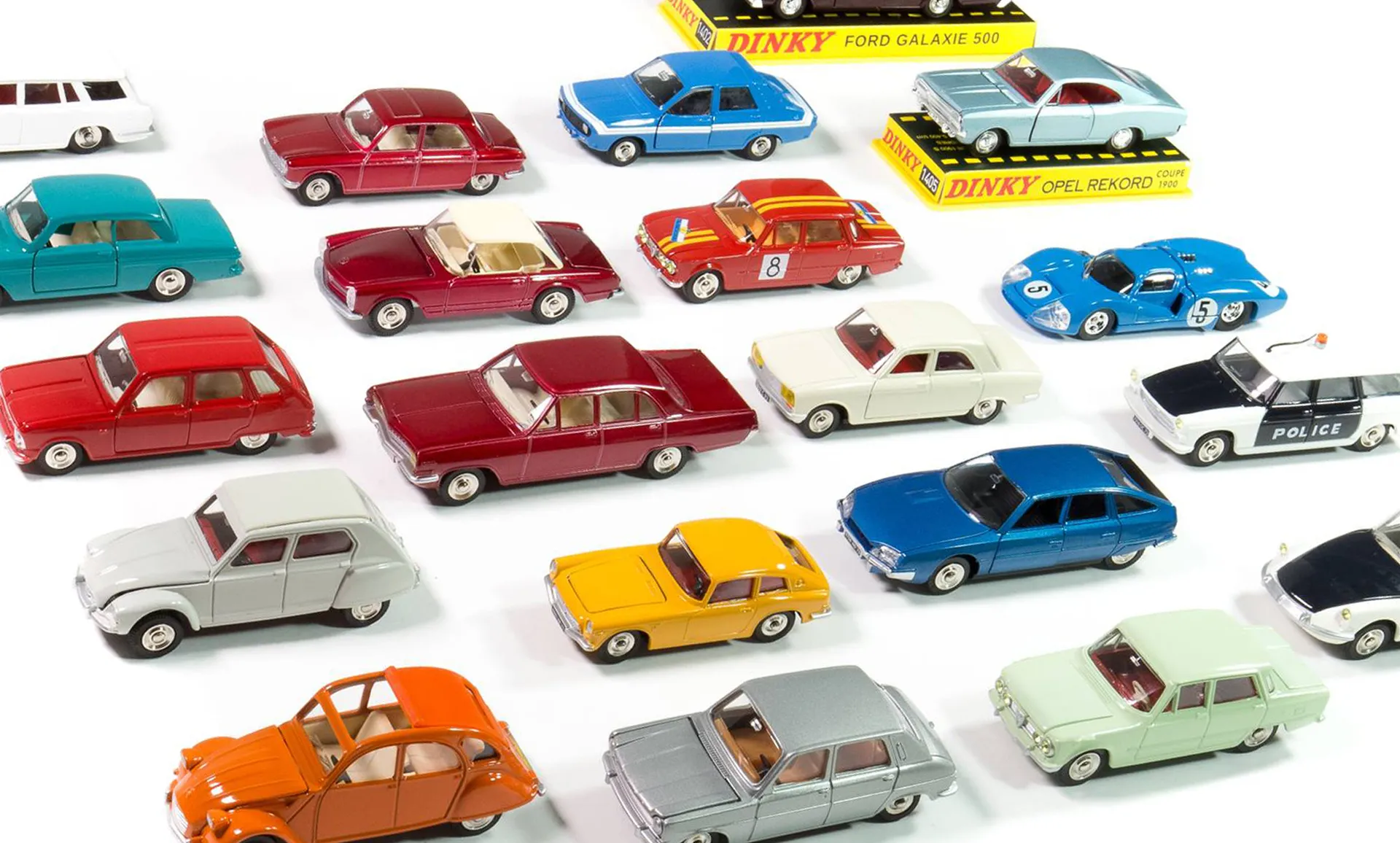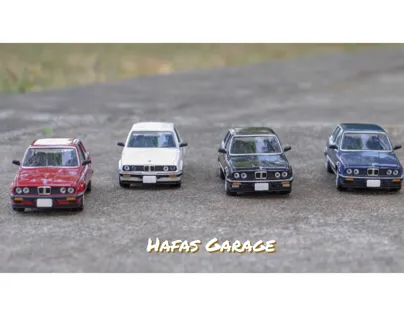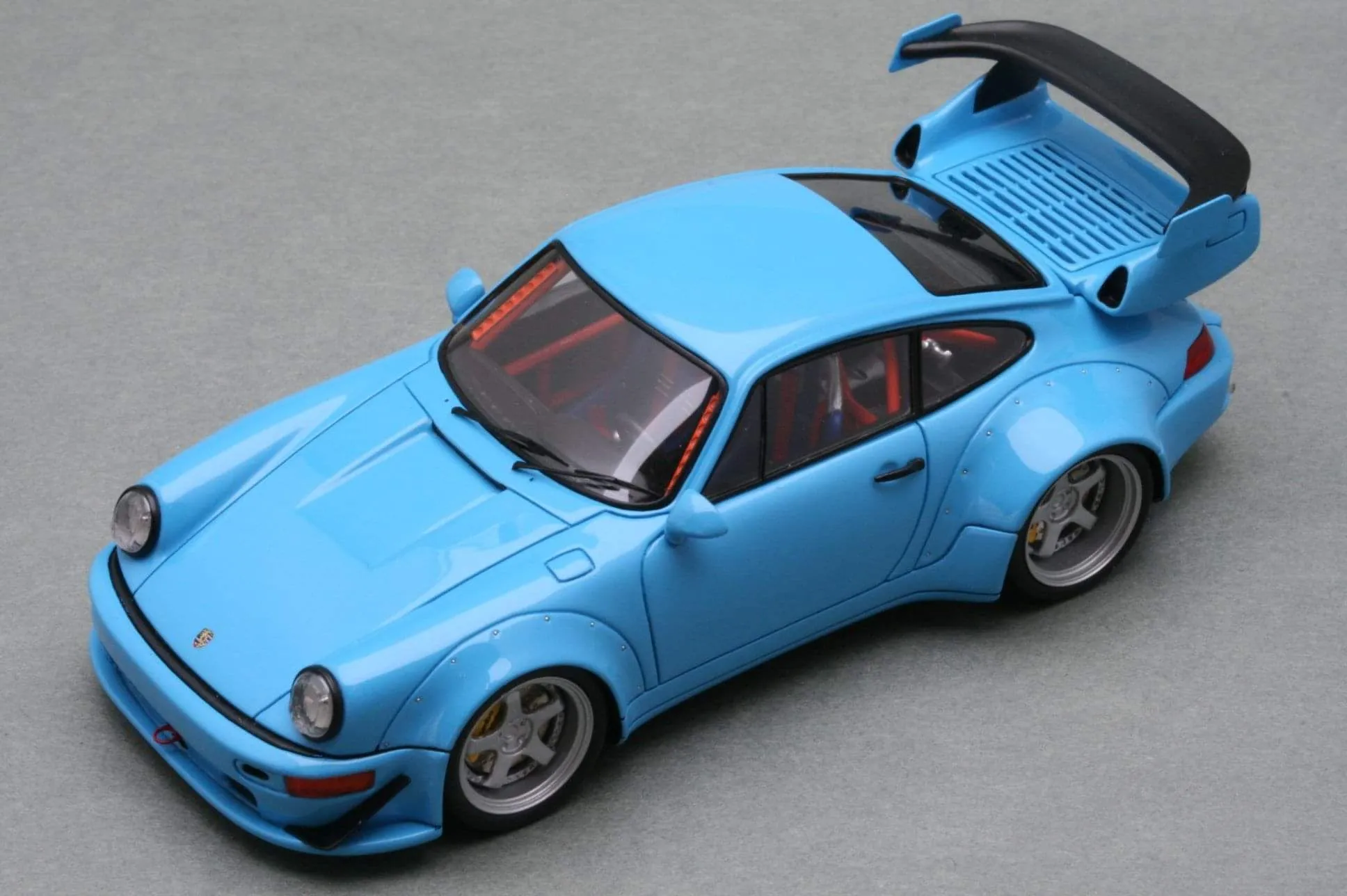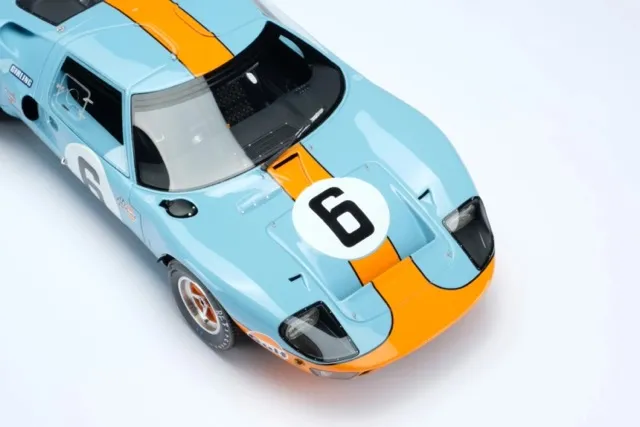What are Diecast Model Cars?
Diecast model cars are miniature replicas of automobiles, typically made from a zinc alloy, often referred to as Zamak. These models are produced using a die-casting process, where molten metal is injected into molds to create incredibly detailed and accurate representations of real-life vehicles. Diecast cars have captivated enthusiasts of all ages, providing a tangible way to appreciate automotive history, design, and engineering. They range from simple toys to highly detailed collectibles, reflecting the diverse interests of collectors and hobbyists worldwide. The popularity of diecast models stems from their affordability, accessibility, and the wide variety of vehicles available, from classic cars to modern supercars and even trucks and emergency vehicles.
History of Diecast Models
The origins of diecast model cars can be traced back to the early 20th century, with the first models appearing in the 1900s. These early models were often simple toys, made primarily of tin or lead, and designed to withstand the rigors of childhood play. However, the development of the die-casting process revolutionized the industry, allowing for more intricate designs and the use of durable zinc alloys. This innovation led to the rise of detailed and realistic model cars, appealing not only to children but also to adult collectors. Companies like Dinky Toys and Corgi Toys became pioneers in the field, producing a wide range of models that captured the essence of various eras and vehicle types, establishing the foundation for the sophisticated and collectible market we see today.
Early Development

The early development of diecast models was driven by a desire to create more durable and realistic toy cars. Before die-casting, models were often made using less robust materials, which limited their lifespan and detail. The introduction of the die-casting process, which involves injecting molten metal into a mold under high pressure, allowed manufacturers to create more intricate designs with greater precision and durability. This technological advancement was crucial in transforming the toy car market, as it allowed for the production of models that could withstand the rough play of children and still retain a high level of detail. Early diecast models paved the way for the highly detailed and collectible cars we know and love today.
Materials Used in Diecast Models
The primary material used in diecast model cars is a zinc alloy, often referred to as Zamak, which is a combination of zinc, aluminum, magnesium, and copper. This alloy is ideal for die-casting due to its low melting point, high fluidity, and ability to reproduce fine details. The use of Zamak allows for the creation of intricate designs with a high level of precision and durability. Other materials commonly used in diecast models include plastic for the interior, tires, and other small components. Paint and decals are also crucial components, adding to the realism and aesthetic appeal of the models. The combination of these materials contributes to the overall quality and collectibility of diecast model cars.
Zinc Alloy Composition
Zinc alloy, the backbone of most diecast model cars, is a carefully balanced combination of elements. The specific composition of the alloy, primarily zinc, aluminum, magnesium, and copper, is crucial for its performance in the die-casting process. Zinc provides the base material, offering good casting properties and strength. Aluminum enhances the alloy’s strength and corrosion resistance. Magnesium improves the alloy’s strength and hardness, while copper adds to its strength and ductility. The precise ratio of these metals determines the final properties of the alloy, affecting the model’s durability, detail, and overall quality. The careful control of the alloy’s composition is essential for producing high-quality diecast models that can withstand the test of time.
Manufacturing Process of Diecast Models

The manufacturing process of diecast model cars is a complex and precise undertaking, involving several key stages that transform raw materials into highly detailed miniature vehicles. The process begins with the creation of molds, which are meticulously designed to capture the exact shape and features of the real-life vehicle. Molten zinc alloy is then injected into these molds under high pressure, allowing it to fill every intricate detail. Once the metal cools and solidifies, the models are removed from the molds and undergo a series of finishing processes, including cleaning, trimming, and painting. Decals and other detailing elements are then applied to enhance the model’s realism, resulting in a finished product ready for collectors and enthusiasts.
Die-casting Technique
Die-casting is the core process used to create the metal components of diecast model cars. It involves injecting molten metal, typically a zinc alloy, into a mold under high pressure. This pressure forces the metal into every nook and cranny of the mold, allowing for the reproduction of intricate details such as grilles, emblems, and panel lines. The molds are typically made from steel and are designed to withstand the high pressures and temperatures involved in the process. Once the metal has cooled and solidified, the mold is opened, and the finished part is extracted. The die-casting technique allows for mass production of highly detailed and durable model car components.
Assembly and Detailing
After the die-cast components are created, the model car undergoes a series of assembly and detailing processes. This involves attaching the various parts, such as the chassis, body, wheels, and interior components. The assembly process is often done by hand, ensuring precision and attention to detail. Once assembled, the model is meticulously detailed, which includes painting, applying decals, and adding other small elements to enhance its realism. The paintwork is often done using multiple layers and techniques to achieve a high-quality finish. Decals are applied to replicate the markings and logos of the real-life vehicle. The assembly and detailing stages are crucial for creating a visually appealing and accurate model car.
Top 7 Amazing Facts about Diecast Model Cars

Fact 1 Scale Variety
Diecast model cars are produced in a wide range of scales, allowing collectors to choose models that fit their display preferences and space constraints. Common scales include 1:18, 1:24, 1:43, and 1:64, with each scale representing a different level of miniaturization. The scale refers to the ratio between the model’s size and the size of the actual vehicle. For example, a 1:18 scale model is 1/18th the size of the real car. Larger scales, such as 1:18, offer more detail and are often considered premium collectibles, while smaller scales are more affordable and easier to display. The variety of scales ensures that there is a model for every collector’s interest and budget, catering to the diverse needs of the diecast model car community.
Fact 2 Collectibility
Diecast model cars are highly collectible, with many models appreciating in value over time. The collectibility of these models stems from their historical significance, rarity, and the passion of collectors. Limited edition models, those produced in small quantities, are particularly sought after, often fetching high prices in the secondary market. The value of a diecast model can be influenced by several factors, including the manufacturer, the model’s detail level, its condition, and its historical significance. For many collectors, the value extends beyond the monetary, as they enjoy the thrill of the hunt, the satisfaction of completing a collection, and the enjoyment of sharing their passion with others. The collectibility of diecast model cars is a testament to their enduring appeal and the strong community that supports this hobby.
Fact 3 Historical Significance

Diecast model cars provide a tangible link to automotive history, allowing collectors to appreciate the evolution of car design and engineering. Many models replicate classic cars, representing iconic vehicles from different eras. These models serve as miniature time capsules, capturing the essence of a specific period. Collecting historical models is a way to connect with the past and learn about the evolution of automobiles. Each model tells a story, reflecting the design trends, technological advancements, and cultural influences of its time. The historical significance of diecast models makes them valuable not only as collectibles but also as educational tools, sparking interest in automotive history among enthusiasts of all ages.
Fact 4 High Detail Levels
One of the most appealing aspects of diecast model cars is the high level of detail found in many of the premium models. Manufacturers strive to replicate every aspect of the real-life vehicle, from the exterior bodywork to the interior details. This includes features such as detailed engines, accurate dashboards, realistic seats, and working features like opening doors and hoods. The use of advanced manufacturing techniques and materials allows for the creation of highly detailed models. Many premium models include photo-etched parts, which are thin metal components used for intricate details. The high detail levels transform these models into miniature works of art, showcasing the craftsmanship and dedication of the manufacturers.
Fact 5 Investment Potential
Certain diecast model cars have the potential to be valuable investments, appreciating over time. Limited edition models, particularly those with unique features or historical significance, can be highly sought after by collectors. The investment potential of a diecast model car depends on various factors, including its rarity, condition, and the manufacturer. Some models have seen significant increases in value, making them attractive investments for collectors and enthusiasts. However, it’s important to note that investing in diecast models, like any collectible, involves risk. The market can be volatile, and the value of a model can fluctuate depending on demand and other factors. Careful research and a keen understanding of the market are essential for those considering diecast models as investments.
Fact 6 Various Themes

Diecast model cars cover a wide array of themes, catering to diverse interests within the collecting community. Beyond the vast selection of vehicles, from classic cars to modern supercars, manufacturers also produce models based on specific themes. These themes can include racing cars, movie cars, emergency vehicles, and even fictional vehicles. Themed collections allow collectors to focus on specific areas of interest, creating a more focused and personalized collection. The variety of themes ensures that there is a diecast model car for almost every interest, making the hobby accessible and engaging for a broad audience. The constant introduction of new themes and models keeps the hobby fresh and exciting, attracting new collectors and keeping existing ones engaged.
Fact 7 Cultural Impact
Diecast model cars have had a significant cultural impact, influencing generations of collectors and enthusiasts. They have appeared in movies, television shows, and other forms of media, exposing them to a wider audience. These models also serve as a way to connect with the past, evoking memories of childhood and the cars that shaped our lives. The diecast model car community is a global phenomenon, with collectors around the world sharing their passion through clubs, online forums, and events. The cultural impact of diecast models extends beyond simple collecting, as they foster a sense of community and appreciation for automotive history, design, and engineering. They represent a tangible connection to the past, present, and future of the automotive world.
Why Collect Diecast Model Cars?
Collecting diecast model cars offers a multitude of benefits, appealing to a wide range of interests and preferences. For many, it is a nostalgic hobby, evoking memories of childhood and a love for cars. Collecting these models allows individuals to express their passion for automobiles, design, and history. Diecast model cars can be a relaxing and enjoyable hobby, providing a sense of accomplishment and satisfaction when completing a collection or acquiring a rare model. The community surrounding diecast collecting is another significant benefit, connecting enthusiasts from around the world. Collecting can also be educational, providing insights into automotive history, engineering, and design. Whether it’s the thrill of the hunt, the satisfaction of owning a rare model, or the enjoyment of sharing a passion with others, collecting diecast model cars offers a rewarding and fulfilling experience.
Displaying Your Collection

Proper display is essential to showcasing and protecting your diecast model car collection. There are many ways to display models, from simple shelves and cabinets to custom-built display cases. Considerations for displaying a collection include lighting, which can enhance the details of the models, and protection from dust, which can damage the paint and finishes. Display cases are often used to protect models from dust and provide a visually appealing presentation. The arrangement of models can also be customized to reflect personal preferences, such as organizing by make, model, scale, or theme. Displaying a collection is a rewarding experience, allowing collectors to share their passion with others and enjoy the beauty and craftsmanship of their diecast model cars. Displaying your collection is about personal expression and preserving the value of your models.
